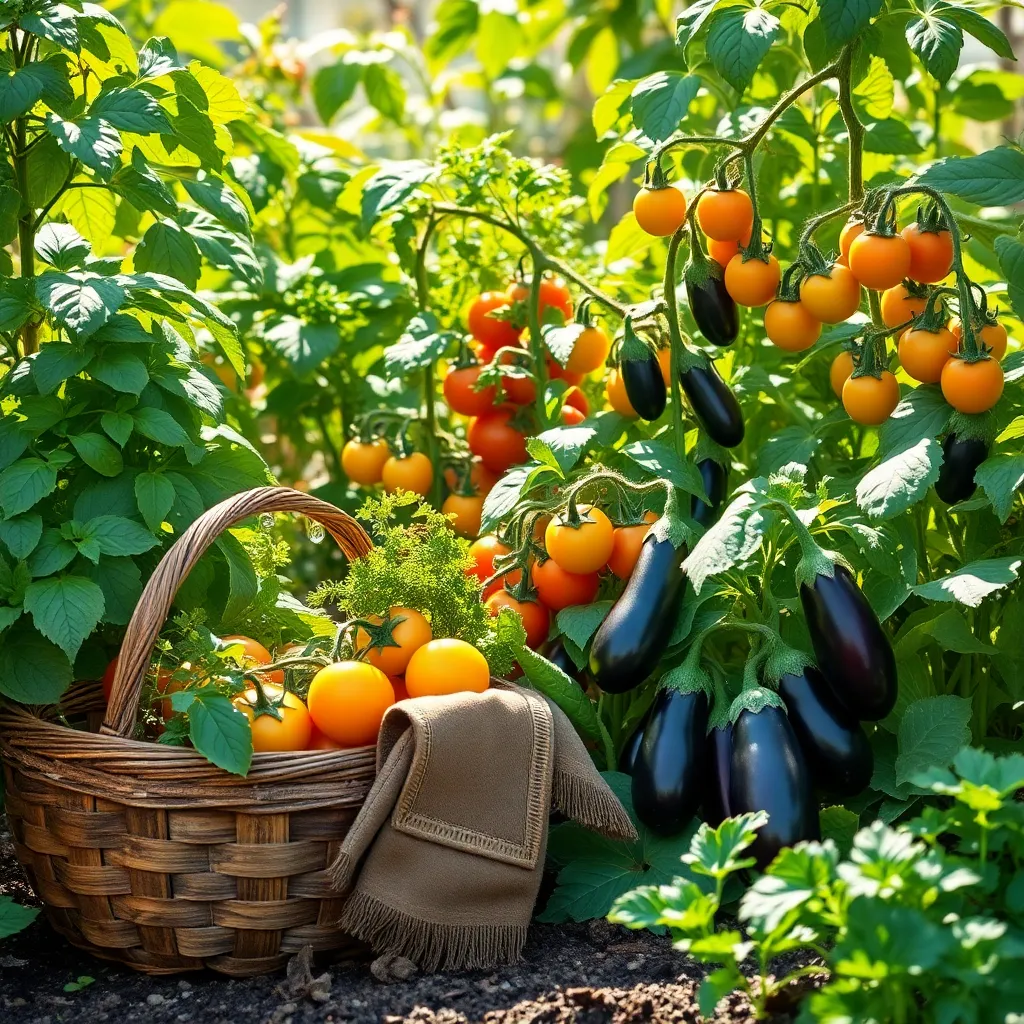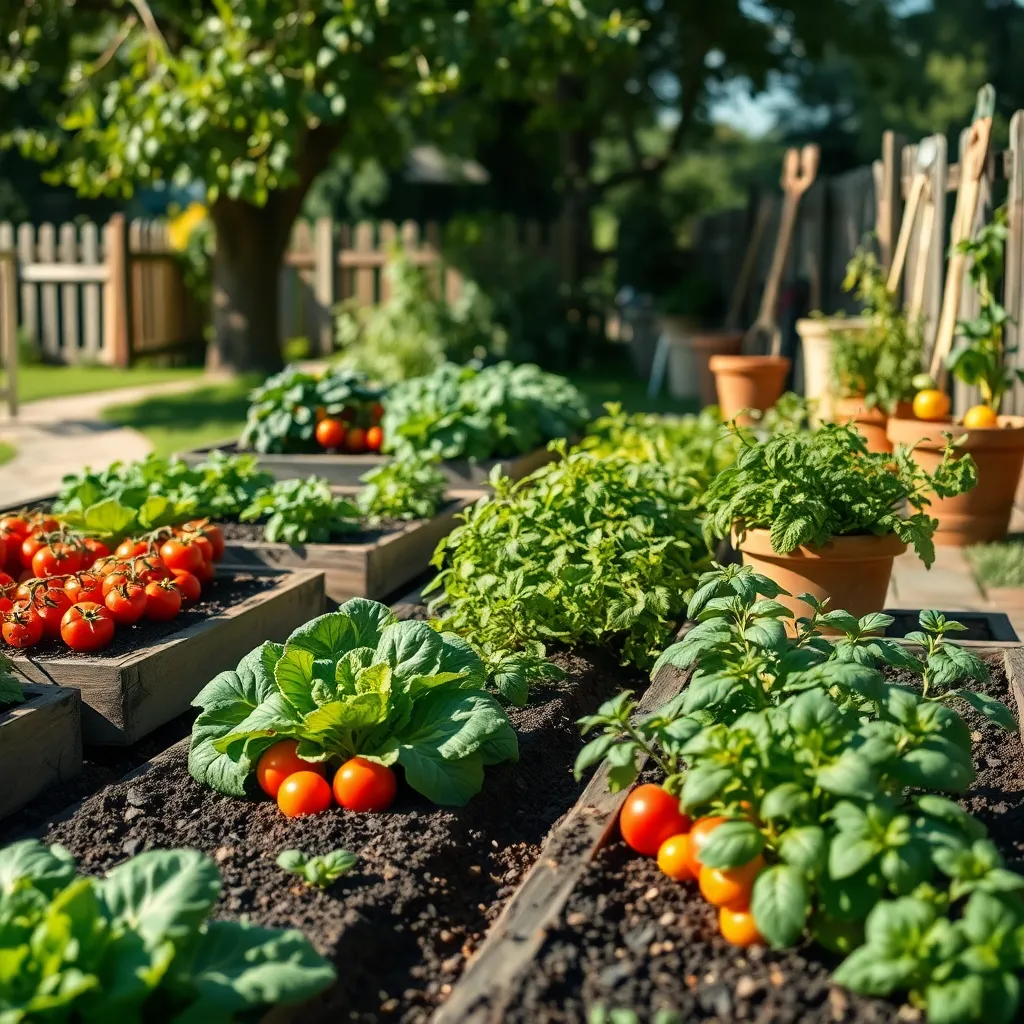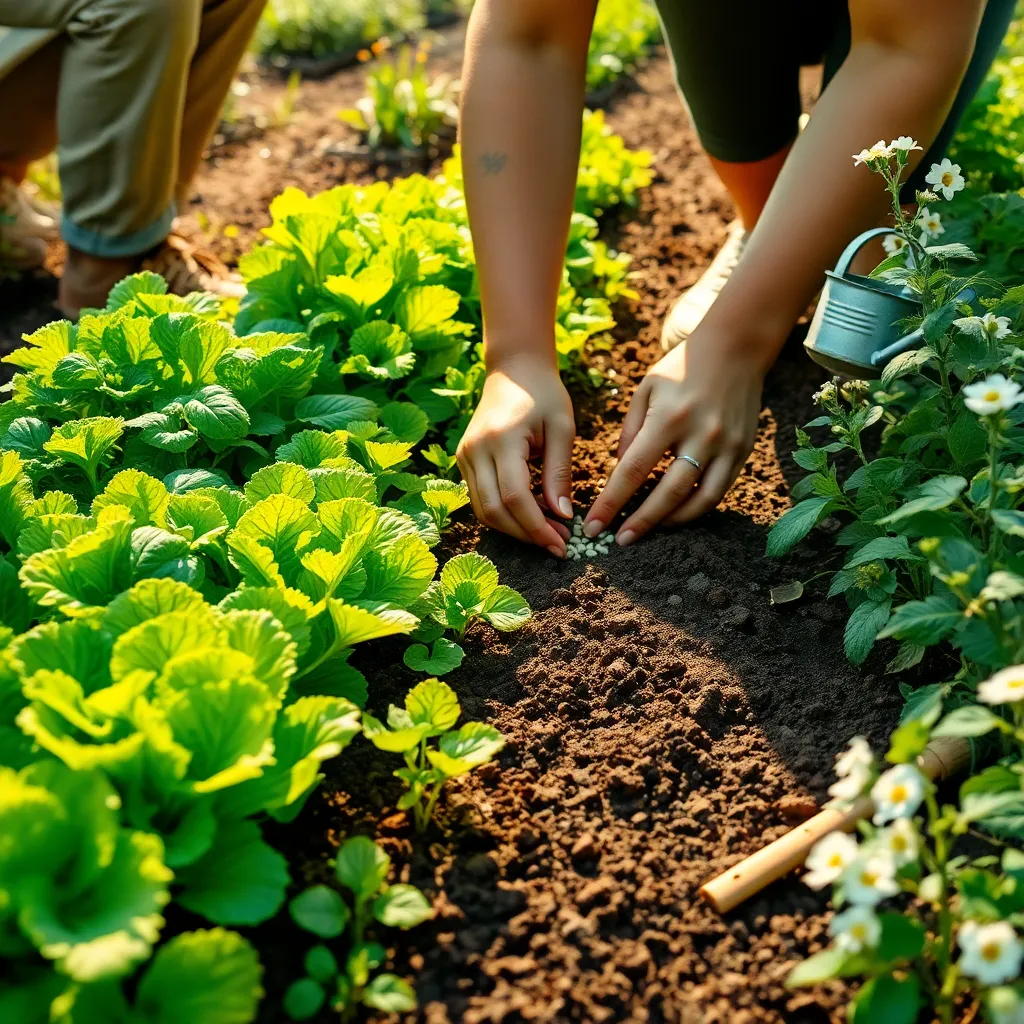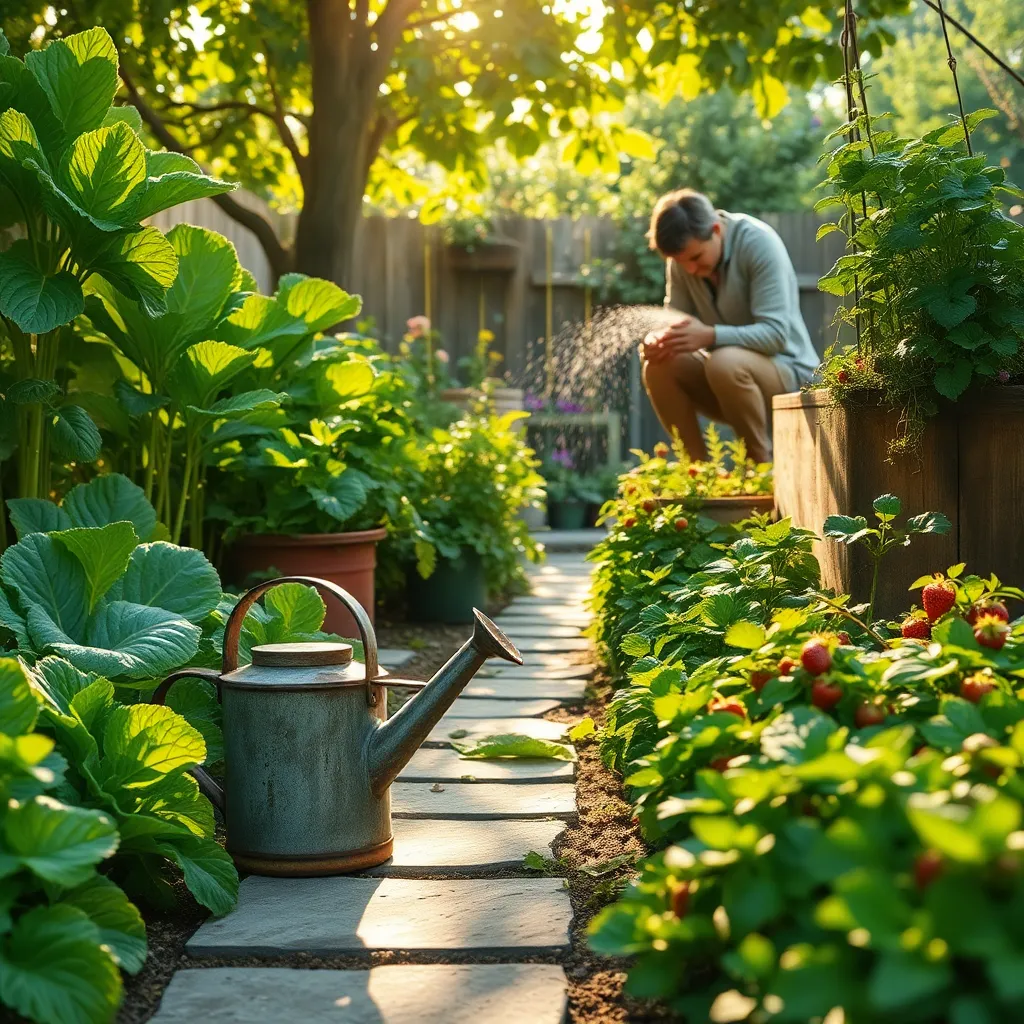Imagine stepping into your backyard and picking a sun-ripened tomato straight from the vine or plucking fresh basil for tonight’s dinner. An edible garden not only turns this dream into reality but also transforms your outdoor space into a lush, sustainable pantry full of flavors and fragrances. Whether you’re just beginning your gardening journey or have years of experience tending to your green sanctuary, cultivating an edible garden offers an enticing way to connect with the earth and enjoy the fruits of your labor—literally.
Creating an edible garden is more than just a hobby; it’s an empowering step towards self-sufficiency and a deeper appreciation for the food you consume. This guide will walk you through the essentials, from selecting the right plants for your climate to crafting a garden layout that maximizes both space and yield. You’ll discover the joy of nurturing plants that will reward you with fresh produce, all while gaining practical tips to ensure your garden thrives.
As you delve into the world of edible gardening, you’ll learn to balance beauty with functionality, making your space both productive and visually appealing. We’ll explore how to tailor your garden to your unique needs, whether that means growing a small herb patch or an expansive vegetable plot. By the end of this article, you’ll be equipped with the knowledge and confidence to start or enhance your own edible oasis, turning your garden into a testament to your dedication and love for homegrown goodness.
Select Suitable Edible Plants

Begin by choosing edible plants that suit your climate and garden conditions to maximize success. Consider starting with herbs like basil, mint, and parsley, which are generally easy to grow and thrive in a variety of environments.
Understanding your garden’s sunlight levels is crucial for selecting the right plants. Leafy greens such as lettuce and spinach prefer partial shade, while fruiting plants like tomatoes and peppers flourish in full sun.
Soil quality is another important factor, with most edible plants needing well-draining, nutrient-rich soil. You can enhance your soil by incorporating organic matter, such as compost or aged manure, to improve fertility and structure.
For gardeners looking to cultivate more challenging plants, consider trying asparagus or artichokes, which require more patience and care. These perennials need well-drained soil and consistent watering but reward growers with unique and delicious harvests over several years.
Design Your Garden Layout

When designing your garden layout, consider starting with a simple sketch of your available space. This helps you visualize where each plant should go, ensuring they receive the necessary sunlight and spacing they require to thrive.
Begin by grouping plants with similar water and sunlight needs to make maintenance easier. For instance, herbs like basil and rosemary prefer full sun, while leafy greens such as lettuce and spinach can tolerate partial shade.
Use companion planting techniques to naturally boost plant growth and deter pests. For example, planting marigolds near tomatoes can help discourage nematodes, while beans and corn can be grown together for mutual benefits.
Consider the mature size of your plants to avoid overcrowding and ensure each plant has ample room to grow. As a rule of thumb, place taller plants like corn or sunflowers at the back of your garden or in areas that won’t shade smaller plants.
For those with limited space, vertical gardening can be a game-changer. Use trellises for climbing plants such as peas and cucumbers, which can maximize yield without taking up much ground space.
Prepare the Soil with Compost

Once your garden layout is ready, it’s time to focus on preparing the soil with compost. Compost is a fantastic way to enrich your garden’s soil, providing essential nutrients and improving soil structure.
Begin by selecting a good-quality compost, which can be homemade or store-bought. Ensure it is well-rotted and crumbly, as this indicates it’s ready to use and beneficial for your plants.
Spread a generous layer of compost, about 2-3 inches thick, over the entire area where you plan to plant. This helps improve soil fertility and encourages beneficial microbial activity.
Next, incorporate the compost into the top 6-8 inches of soil using a garden fork or tiller. This process aerates the soil and ensures that your plants’ roots have access to the nutrients they need.
For advanced gardeners, consider testing your soil’s pH and nutrient levels before adding compost. This allows you to adjust the compost blend or add specific amendments if necessary, ensuring optimal growing conditions for your edible garden.
Plant Seeds or Seedlings

When deciding whether to plant seeds or seedlings, consider your experience level and the time you can dedicate to your garden. Seeds offer a cost-effective way to grow a variety of plants, but they require patience and nurturing to germinate successfully.
Beginners might find seedlings more forgiving, as they provide a head start and reduce the risk of common seedling diseases. Transplanting seedlings is a straightforward process—just ensure you plant them at the same depth they were growing in their starter pots.
It’s crucial to understand the specific needs of the plants you choose, whether starting from seeds or seedlings. Some plants, like tomatoes and peppers, thrive when started indoors as seeds and moved outdoors as seedlings when the weather warms.
Ensure the soil is well-drained and rich in organic matter to support the growth of both seeds and seedlings. Consistent watering is vital—keep the soil evenly moist but not waterlogged to prevent rot and promote healthy root development.
Implement Watering and Care Routine

Once your seeds or seedlings are comfortably in the ground, it’s crucial to establish a consistent watering routine. Most edible plants prefer the soil to be consistently moist, but not waterlogged, so aim to water them deeply once or twice a week, depending on rainfall and climate conditions.
Incorporating mulch around your plants can significantly help in retaining soil moisture and reducing the need for frequent watering. Organic mulches like straw, wood chips, or shredded leaves not only retain moisture but also improve soil health as they decompose.
Monitor the weather and adjust your watering schedule accordingly, especially during periods of intense heat or drought. Use a moisture meter or simply check the soil with your finger; if the top inch is dry, it’s time to water.
For beginner gardeners, an automated drip irrigation system can be a worthwhile investment, ensuring your plants receive consistent moisture without the guesswork. More experienced gardeners might opt for hand-watering, allowing them to inspect each plant closely and address any issues like pests or diseases. Remember, overwatering can be just as harmful as underwatering, so aim for balance.
Conclusion: Growing Success with These Plants
In creating an edible garden, the key relationship concepts we explored include nurturing communication, patience, shared goals, emotional investment, and adaptability. Just as plants require consistent attention and understanding, a thriving relationship demands open dialogue and the patience to grow together through life’s seasons. Setting mutual goals, whether in the garden or in love, fosters unity and purpose, while emotional investment deepens bonds. Adaptability allows couples to weather change, enhancing resilience and connection.
As a practical next step, why not start a small herb garden together? It’s a simple yet rewarding project that embodies these principles and offers a daily reminder of your shared journey.
Remember, relationships flourish with care and commitment. Bookmark this article now, so you can revisit these insights whenever you need a reminder of how to cultivate love and connection. As you nurture both your garden and your relationship, know that success lies in the shared experiences and growth you cultivate together. Here’s to a future where your love, much like your garden, thrives abundantly.
